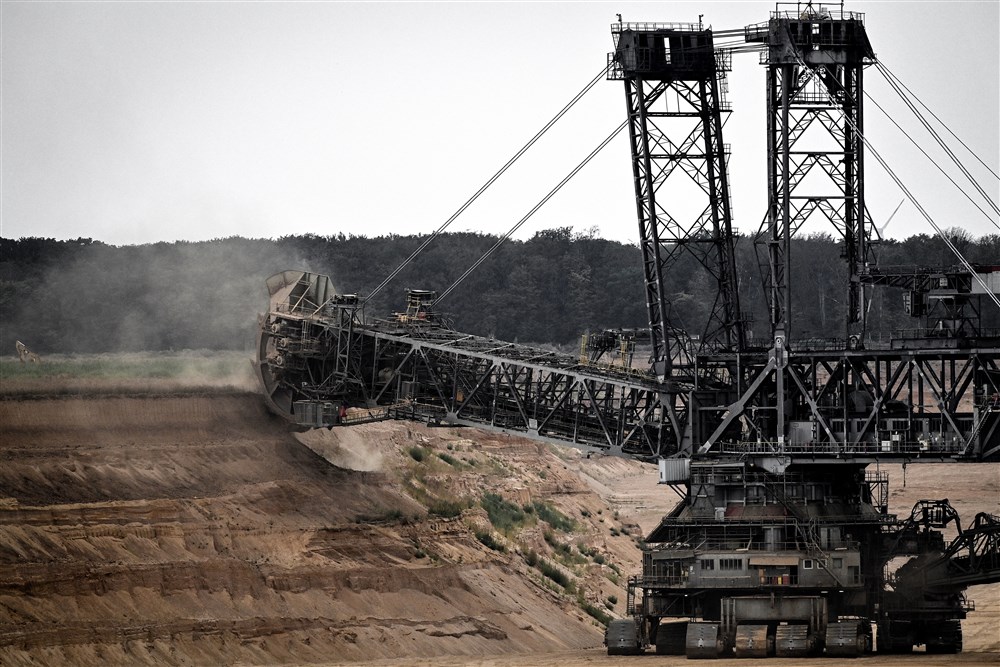The Scottish Rural Affairs Secretary Mairi Gougeon, from the Scottish National Party (SNP), has admitted that almost 16 million trees have been felled since the year 2000 to make way for wind farms.
Successive Scottish governments have felled trees at breakneck speed: over 1,700 a day.
And despite these staggering numbers, Edinburgh wants to accelerate windmill construction further by reducing planning permission criteria.
Scotland currently possesses turbines with a theoretical power generation capacity of 8.4GW, more than half the entire UK capacity. SNP ministers now have plans to incorporate an additional 8 to 12GW through new installations.
Brussels Signal asked Torbjörn Sjödin, chairman of Motvindsverge, a Swedish NGO championing biodiversity that opposes industrial wind farming, what the effects of these policies are. Tress can only be slowly reseeded, he replied: much slower than the felling rate. It takes about a decade until a plantation consumes more CO2 than the felled area emits. “Roughly 1 km2 is taken away from forest/vegetation and its composed ecology/biodiversity for every turbine here in Sweden,” he said.
Mature trees are more efficient at sequestering carbon due to their larger trunks and roots. Studies suggest that it takes many more young trees to absorb the same amount of carbon as one old tree.
Other negative sides-effects, according to Sjödin, include the destruction of landscapes, increased audible vibrations, night wildlife disturbance by flashing lights, and lower property values. He also said he was worried about the use of PFAS in the building of windmills. The chemicals are banned in the EU due to health risks.
Other critics of the policy have pointed out that cultivating new trees from seeds demands significantly more labour and effort compared to preserving existing forests. Planting new trees necessitates careful attention to watering, fertilising, pruning, and pest control until the tree becomes self-sustaining.
The John Muir Trust, a conservation charity, warned that the construction of turbines could harm untouched landscapes.
The SNP’s wind power goal involves replacing current turbines nearing the end of their operational lifespan with taller and larger models, a process known as “repowering.”
Earlier this year, it was revealed that certain developers are planning to install turbines as tall as 850 feet, which is equivalent to over 60 double-decker buses.
Liam Kerr, a Scottish Tory MSP who asked for details from the Rural Affairs Secretary, said the public would be “astonished” at the total and cited. Concerns had been raised “by communities all over the country”, he said.
In a letter addressed to Mr Kerr on July 13, Secretary Gougeon stated that approximately 7,858 hectares of trees had been cleared to make space for wind farms since 2000. Considering an average of 2,000 trees per hectare, she calculated the estimated total to be 15.7 million trees felled to accommodate wind farms.
The minister emphasised that the authorisation for tree removal should only be granted when it can lead to substantial and well-defined additional public benefits.
The Forestry and Land Scotland (FLS) agency said it had planted more than 500 million trees since 2000. The quantity felled for wind farms equated roughly to its annual harvesting program. A spokesman said: “Renewable energy generated from wind farms is a key element in Scotland’s response to the climate emergency and the shift towards net zero and the infrastructure on land that we manage generates enough power for 600,000 homes.”
Windmills are facing rising opposition on land and also at sea. Noise generated by wind turbines has been found to interfere with the sonar guidance and communication systems of whales, posing an additional danger to the already endangered Atlantic Right Whale. Earlier in 2023, some pointed the finger at windmills for a spike in whale deaths in the US. Marine biodiversity is also heavily affected by vessel vibration, noise and other forms of pollution.
The prospect of offshore wind farms killing birds or otherwise interrupting their migration patterns is “a growing concern, and it’s founded”, according to Andrew Farnsworth, a senior research associate at the Cornell Lab of Ornithology.
Scot Gov’s anti-nuclear rhetoric always cites £37/MWh for offshore wind (which Vattenfall today said is uneconomic).
ScotWind projects are largely *floating* which is much more expensive. Add cost of integrating variability, and far from obvious ScotWind is cheaper than nuclear. pic.twitter.com/8JTZKhuGNk
— Sam Taylor (@staylorish) July 20, 2023





